

Work is well under way on what is claimed to be the largest pumping station in the Gulf under a KD70 million ($240 million) turnkey contract awarded to leading Kuwait-based construction company Mohammed Abdulmohsin Al Kharafi and Sons.
The project is part of an extensive programme of Kuwait’s Ministry of Public Works to renovate the country’s deteriorating sewerage network.
The scope of work for the mega project, which forms Phase III (B1) of the renovation scheme, entails the design, construction and operation and maintenance of a network of main and secondary interceptors, a new 40-m-deep pumping station and associated tunnels.
Kharafi has appointed the Kuwait-based Gulf Consult in association with international consultant Montgomery Watson Harza (MWH) to provide design and supervision consultancy services for the development.
The project, which was launched in April 2002, has been subdivided into three distinct phases: study and design, construction and operation and maintenance.
On completion by June 2008, the new A7/12 pumping station will have a capacity to handle a total flow of 778,000 cu m per day, making it the biggest in the region, according to a spokesman for Kharafi.
“The main reason behind implementing this project is that the 29 pumping stations that currently serve the catchments areas of Kuwait City are dilapidated and polluting the surrounding area with a foul odour,” explains the spokesman. “To address this situation, Kuwait’s Prime Minister has called for the construction of new sewage networks and a major pumping station to replace all the existing 29 pumping stations.
“This will be achieved by constructing a series of main and secondary interceptors, which will drain to the new pumping station. The flow from the existing pumping stations will be diverted to the new network. The sewage water from the new pumping station will then be pumped to Ardiya sewage station. The new network will be designed to handle the peak flow for the expected population up to the year 2050.”
The project involves demolition and removal of the existing 29 pump stations; construction of 43 km tunnels as main and secondary interceptor sewers; construction of vortex chambers and backdrop manholes; construction of the A7/12 pumping station; and the installation of mechanical and electrical (M&E) works, which include main pump units, screens, an odour control facility, surge suppression vessels, valves and penstocks, main distribution and control panels, power generation, air-conditioning and ventilation equipment.
Challenges
The main contractor has faced a number of major challenges with regards to the construction of the tunnels, pump stations and pressure lines.
Elaborating on how the contractor tackled some of the difficulties encountered in tunnelling works, the spokesman says: “The latest high-technology systems utilising the microtunnelling methods have been adopted for the construction of sewage network in order to achieve the desired quality, ensure durability and to avoid disturbance to any existing network and traffic.
“At the peak period, eight micro-tunneling machines, ranging in diameter from 400 to 2,250 mm were used to construct the pipelines at depths ranging from 5 m to 32 m in variable ground conditions with high water pressure.
“For the construction of shafts with diameters from 3.5 m to 13 m, various methods are being used such as sinking caissons, sheet piles, secant piles, diaphragm walls. In addition, a VSM (Vertical Sinking Machine) from Herrenechkt has been used for the first time in the world to construct new shafts in water-bearing ground conditions.”
Pumping station
The pumping station will be the first of its kind in Kuwait to be constructed to such depths, according to the spokesman. The main pumps are required to have a high pumping capacity with heavy motors, which are manufactured by only two companies in the world, he points out.
To execute the project, excavation to a depth of 40 m was carried out in hard soil strata and a ramp – up to 23 m deep – was constructed to provide access for vehicles, concrete mixers and cranes. Some 60,000 cu m of concrete has been poured and around 9,000 tonnes of epoxy-coated steel reinforcements are being used in the construction of the pumping station.
In addition, the hydraulic penstocks – 30 tonnes in weight – are to be erected at a depth of 35 m from ground level, The vortex grit equipment, screens and gates are also to be installed at this depth.
Until the completion of construction of the pumping station, the area will be dewatered by deep wells and well point system to lower the high ground water pressure to a depth of 45 m. To cope with the varying soil conditions, the contractor has erected different types of shoring systems such as sheet piles, concrete panels with anchors and secant pile wall with anchors, to suit the type of soil.
“The waterproofing work for the pumping station, involving an internal and external area of around 20,000 sq m, is an extremely meticulous task,” the spokesman stresses.
The project requires the installation of standby generators of a total capacity of 9 MVA to ensure the pumping station remains functional in case of an interruption of mains power supply.
Pressure lines
The sewage flow will be pumped from Riggae to Ardiya in Kuwait through pressure lines and four ductile iron pipes, of 1,000 mm diameter, will be laid for a total length of 3.5 km.
“Highly experienced and multi-skilled employees from Mohammed Abdulmohsin Al Kharafi and Sons and Gulf Consult/MWH, using innovative and sophisticated technology, are working as a team in partnership with the client to achieve the desired aims. In addition, the contractor will also seek the co-operation of specially selected subcontractors to undertake the tasks required,” concludes the spokesperson.
Established in 1956 in Shuwaikh, Kuwait, Mohammed Abdulmohsin Al Kharafi and Sons is a Grade A international contractor. It is part of the MA Kharafi Group, a large private company with a variety of commercial interests in general trading, contracting and industry.
Staffed by around 2,000 employees, the group also has offices in other countries such as Albania, Botswana, Caribbean, Egypt, Kenya, Lebanon, Lesotho, Maldives, Mozambique, Saudi Arabia, South Africa, Tanzania, Tunisia, UAE and Yemen.
Project highlights
Excavation: 70,000 cu m
Concrete: 55,000 cu m
Reinforcement: 9,000 tonnes
Cables: 4,500 m
Pumping station & tunnels:
Flow capacity: 778,000 cu m per day
Main pumps: Eight 1,500 KW 80 m head sewage pumps
Generators: Six 3.3 kV 2.2 MVA sets
Penstocks: 30 m head hydraulic penstocks
Odour control: 46,000 cu m/hr extract rate
HVAC: Direct expansion package units
Design flow: Colebrook White formula using MWH design software
Tunnels: 43 km of tunnels - 400 to 2,250 mm diameter up to 32 m deep
Shafts and manholes: Including 12 backdrop structures and nine scroll-type vortex drop chambers
Corrosion protection: Glass reinforced plastic (GRP) polycrete is used. Epoxy coal tar coating and special water- resistant concrete are also used.





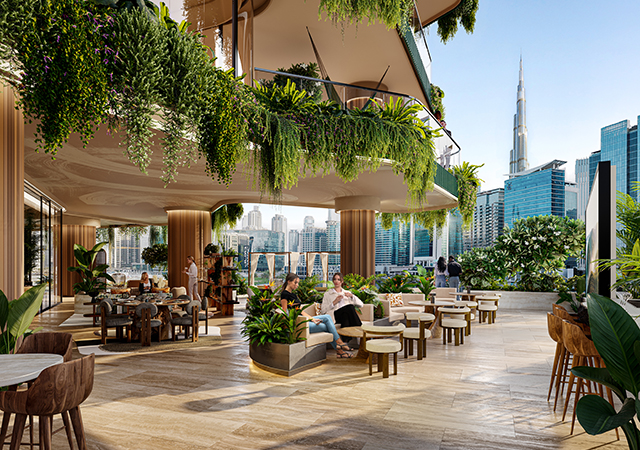
.jpg)
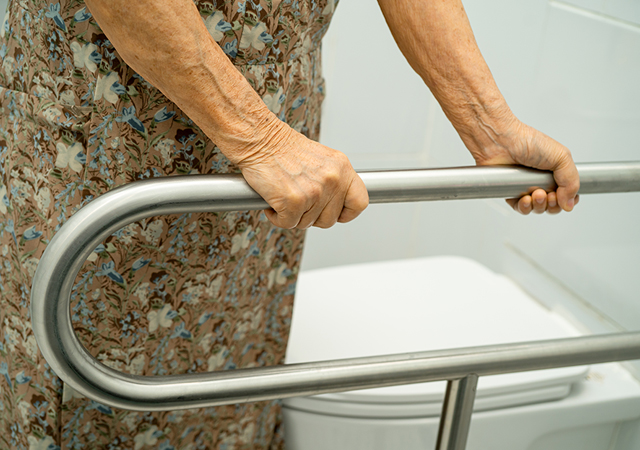

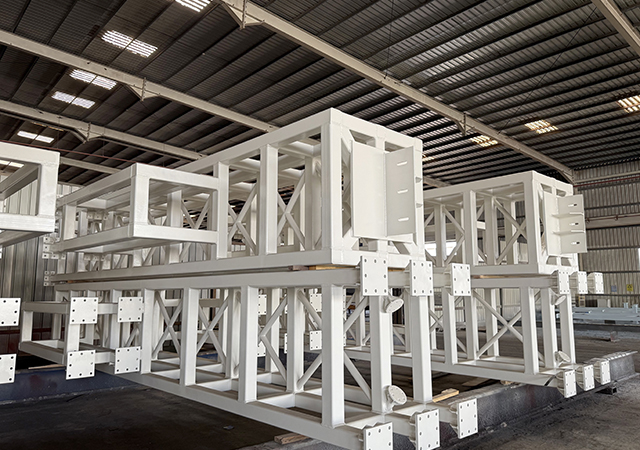




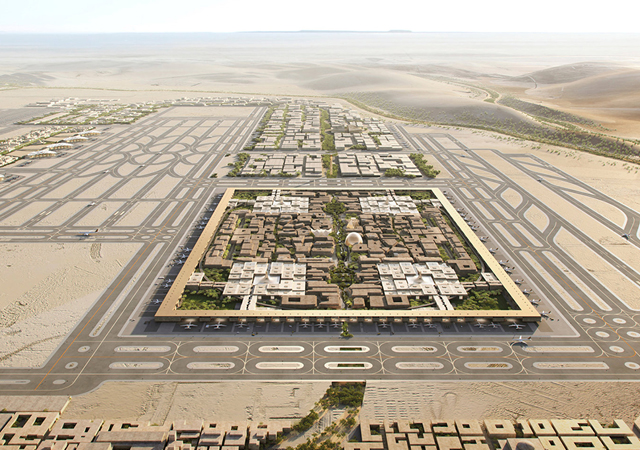
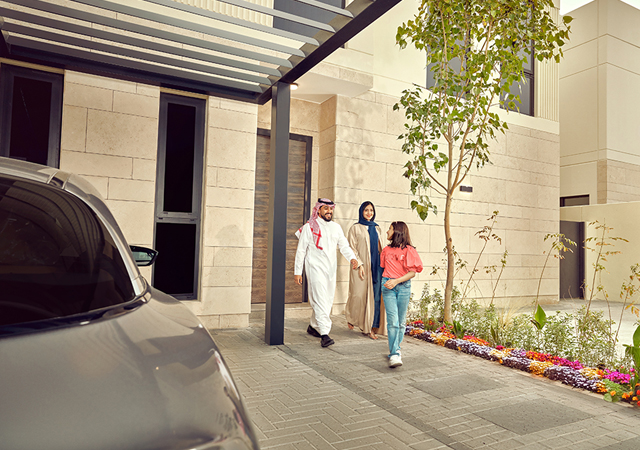
.jpg)
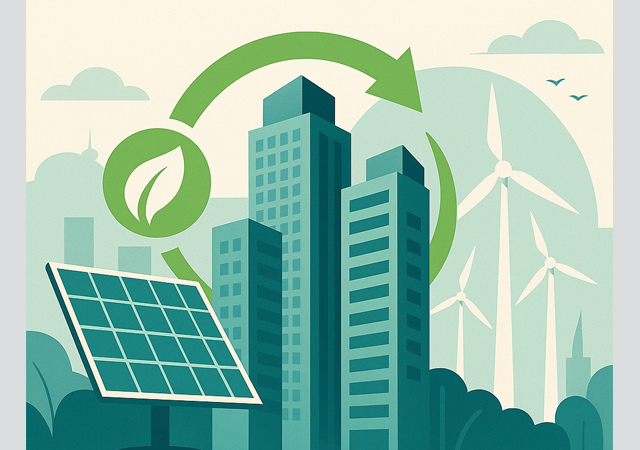



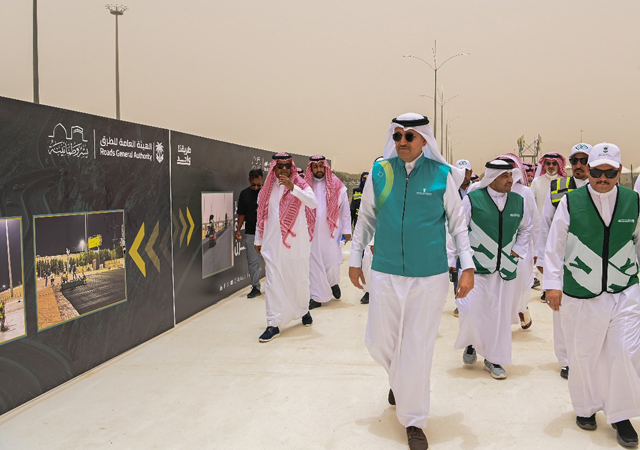

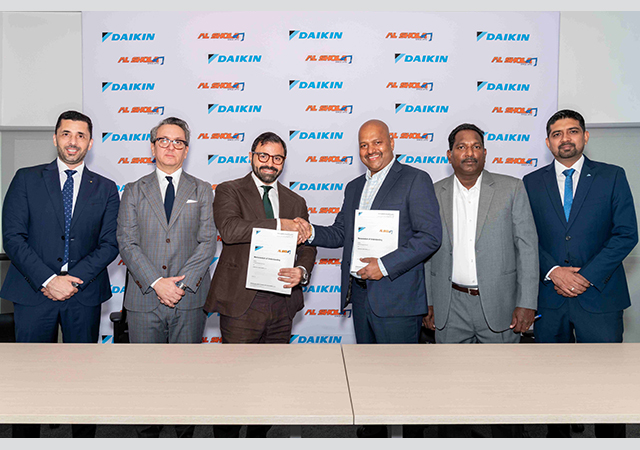

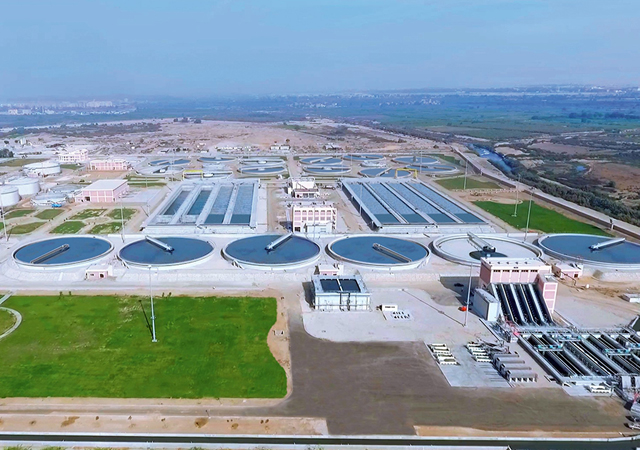
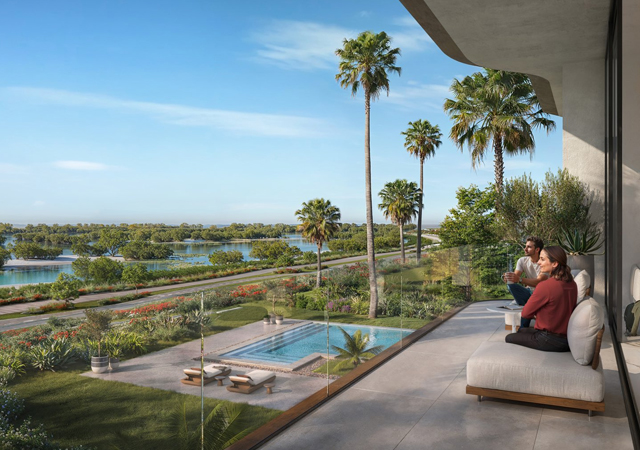
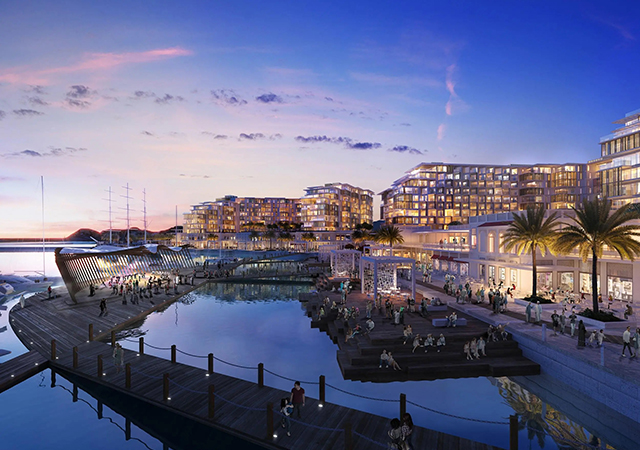

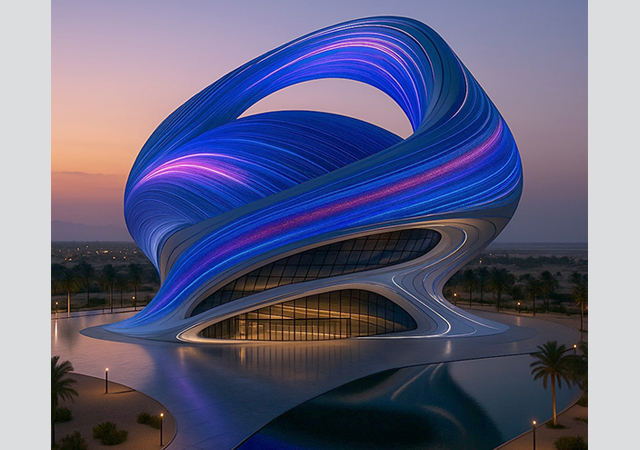

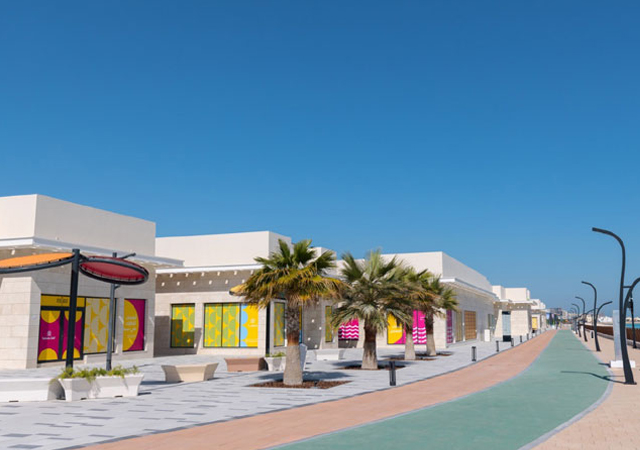

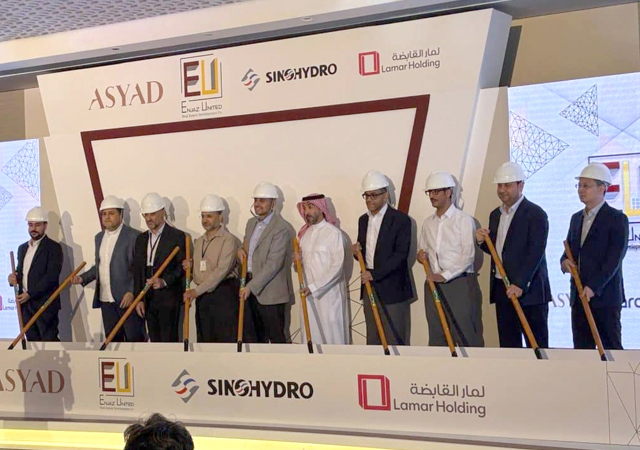
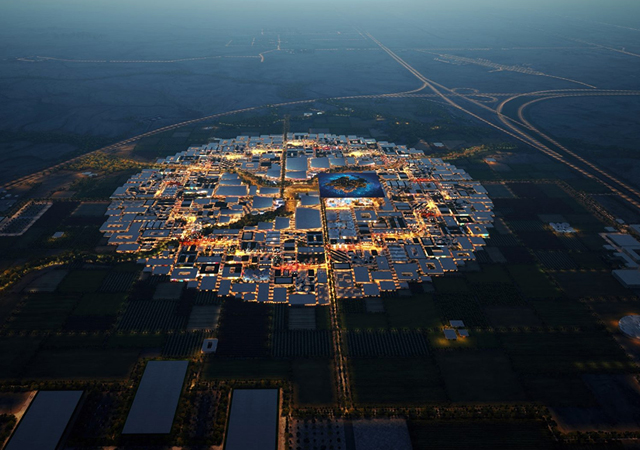
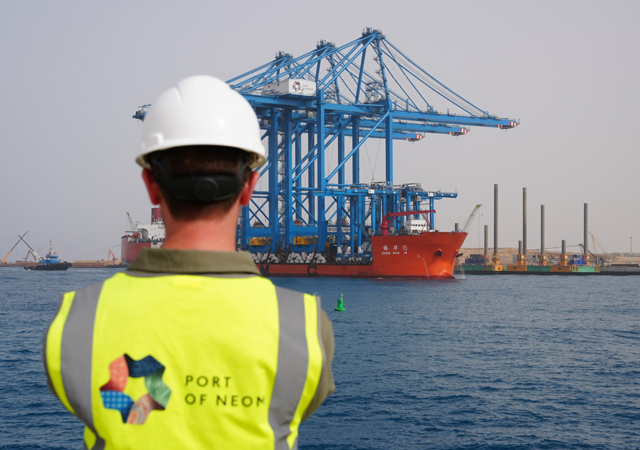
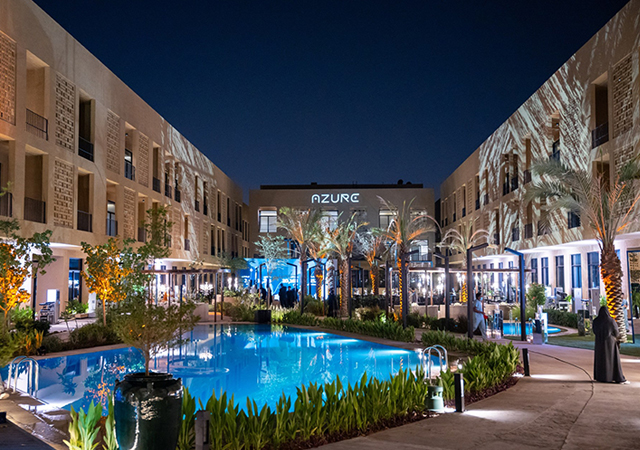
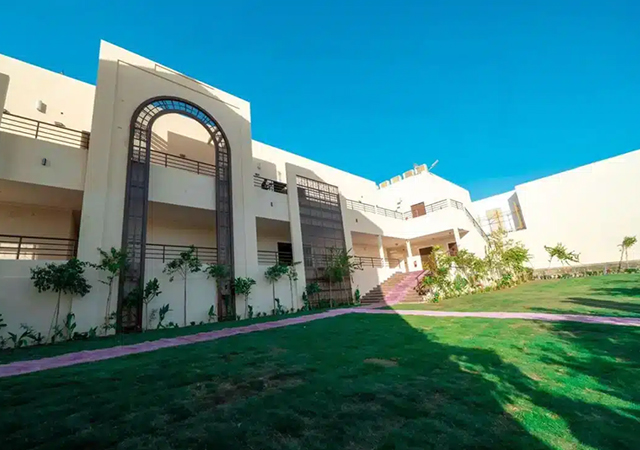


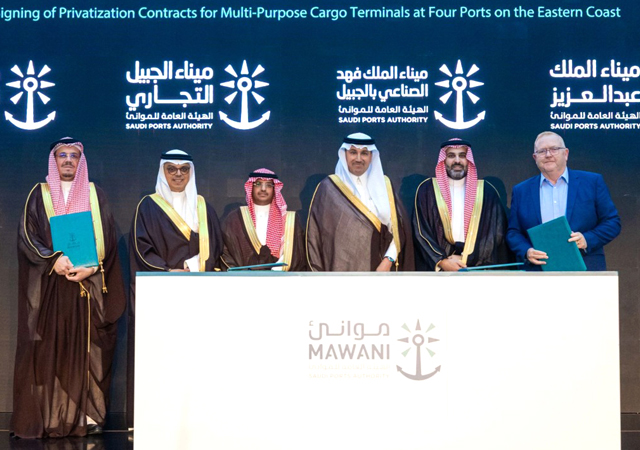
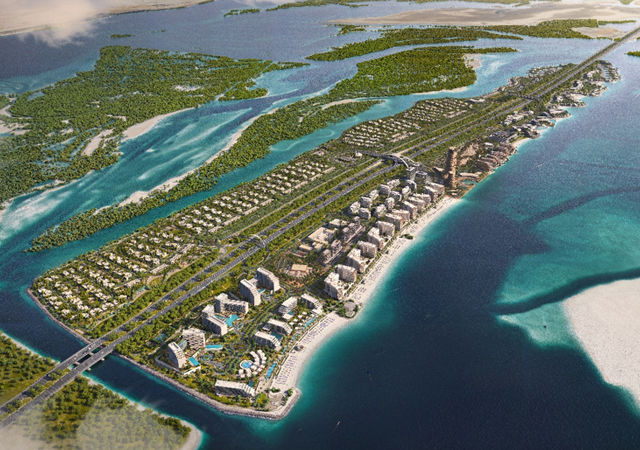

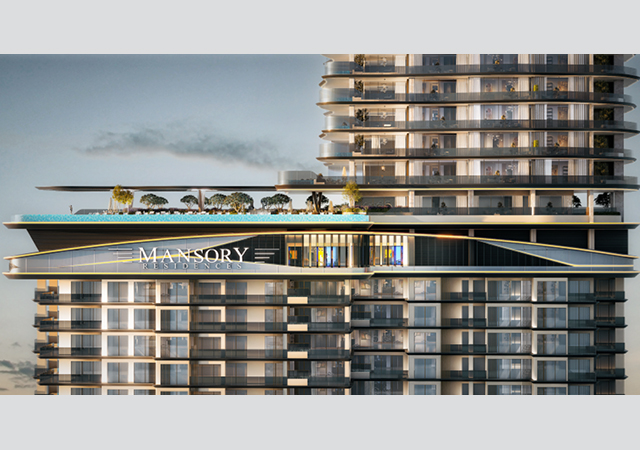
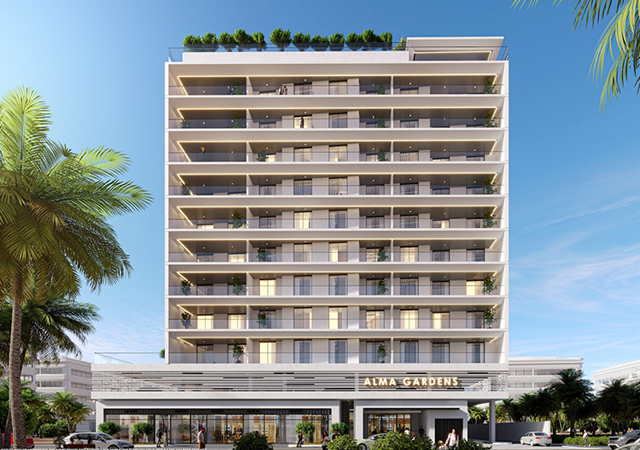

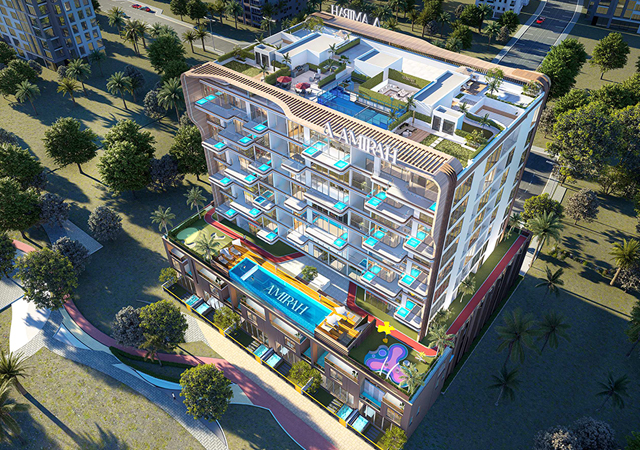
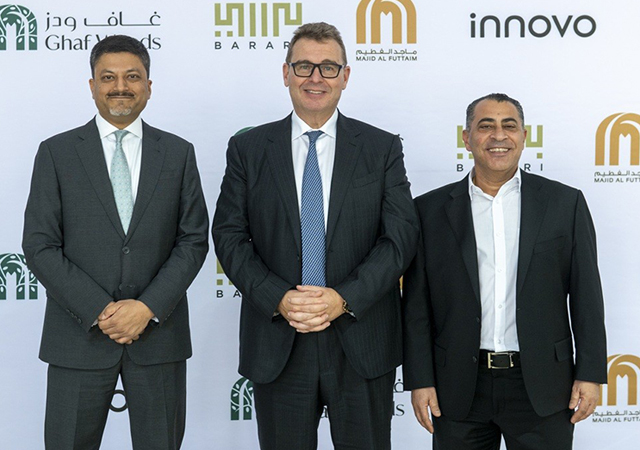
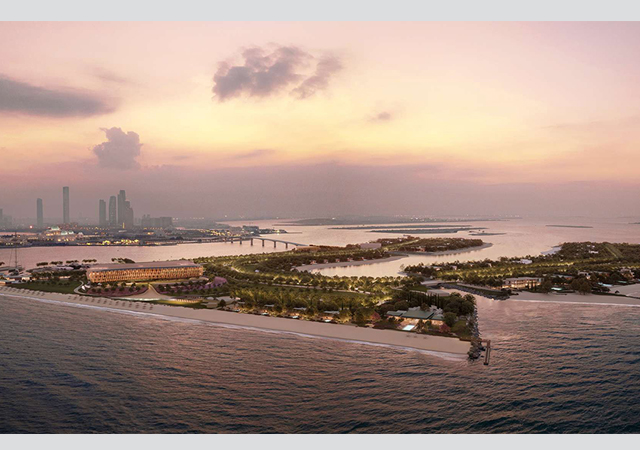
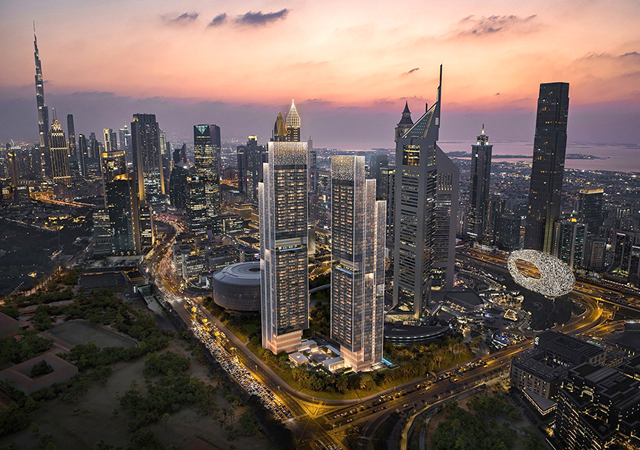
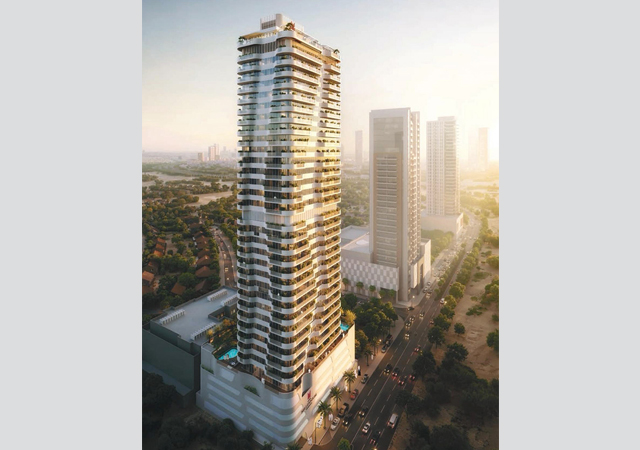
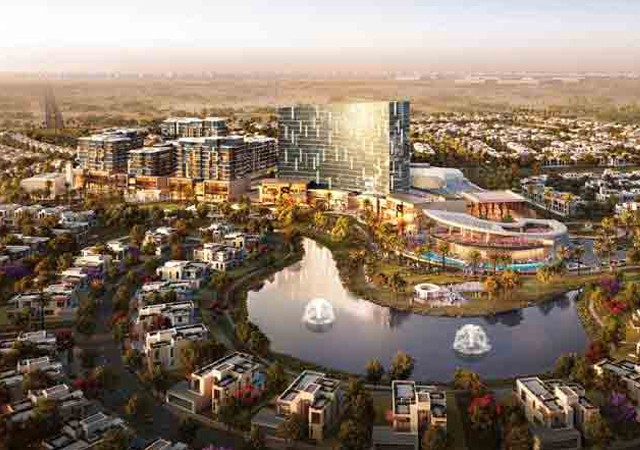
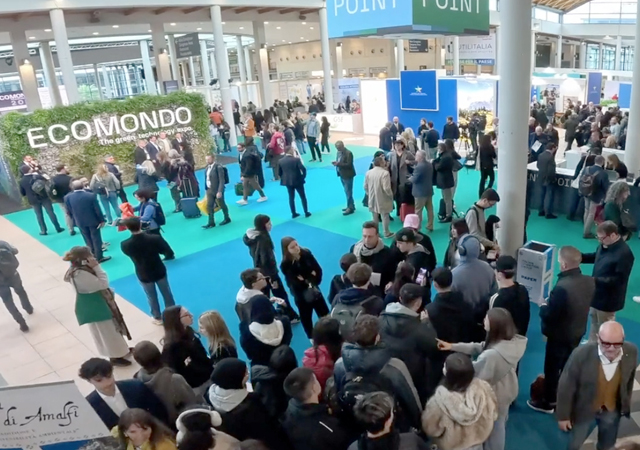
.jpg)





